Canadian artist Nicolas Ruel: a transformational journey to the heart of the Serengeti

Canadian artist Nicolas Ruel, a fine art photographer based in Montreal, is probably best known for his artworks that use double exposures to create intriguing multi-layered images.
This year, Ruel was one of a handful of artists invited to take part in the Envoy by Four Seasons programme, which aims to connect creative types to a range of diverse cultures, places and experiences to create new, bespoke artworks.
The Week sat down with Ruel to hear how he got on in the Serengeti and how he uses photographs to tell stories.
The Week
Escape your echo chamber. Get the facts behind the news, plus analysis from multiple perspectives.

Sign up for The Week's Free Newsletters
From our morning news briefing to a weekly Good News Newsletter, get the best of The Week delivered directly to your inbox.
From our morning news briefing to a weekly Good News Newsletter, get the best of The Week delivered directly to your inbox.
Double exposures often give the illusion of two (or more) moments in time - perhaps past and present. Was time on your mind with your photography series for Envoy by Four Seasons?
Double exposure is an in-camera technique which allows me to create unique visual signatures, merging two moments in time into one photograph, a technique I developed in 2007 on a trip to Paris. With this technique the images are not treated in post-production. For the Envoy by Four Seasons project, the idea was capturing a moment inspired by being in the moment. So, the answer is no, time did not exist for me shooting in The Serengeti. The sun was my watch, I photographed from sunrise to sunset.
You said that working in the Serengeti was the fulfillment of a lifelong dream. Why did you want to photograph there?
My fascination with the Maasai people goes back several years. The wildlife and the landscape in the Serengeti are incredible and it was such an honour to witness them and to be so close, however, I am always more touched by civilizations. I was so grateful to the Maasai for making this experience so beautiful and to Four Seasons for setting the backdrop of my visit.
A free daily email with the biggest news stories of the day – and the best features from TheWeek.com

In the past you have often worked in places filled with people - train stations and stadiums - what was it like to be shooting in a part of the world largely barren of people?
It was a lovely break from the over-stimulation of the urban landscape. Think New York City versus the meditative plains of the Serengeti. It was a minimal experience where I could focus on the beauty of stillness. I was very much inspired by my subjects - the wildlife and the Maasai.
Many of your long-exposure or multiple exposure works take eight seconds to create. Why not longer... or shorter?
I adapt my exposure to my subject, and in my experience, eight seconds seems to capture an infinite moment in time. When shooting wildlife, I adapt to the unpredictable, adjusting the speed of exposure.
How has photography changed in the age of the smartphone? Are we approaching oversaturation point with photographs?
It seems nowadays that everyone is a photographer. Technology has allowed us to capture high quality images and edit them with the tap of a finger on a smartphone. It’s a beautiful thing, however, after twenty-four years of practice, I am grateful to be part of a generation that learned their craft with film and was able to witness the transformation from analogue to digital.
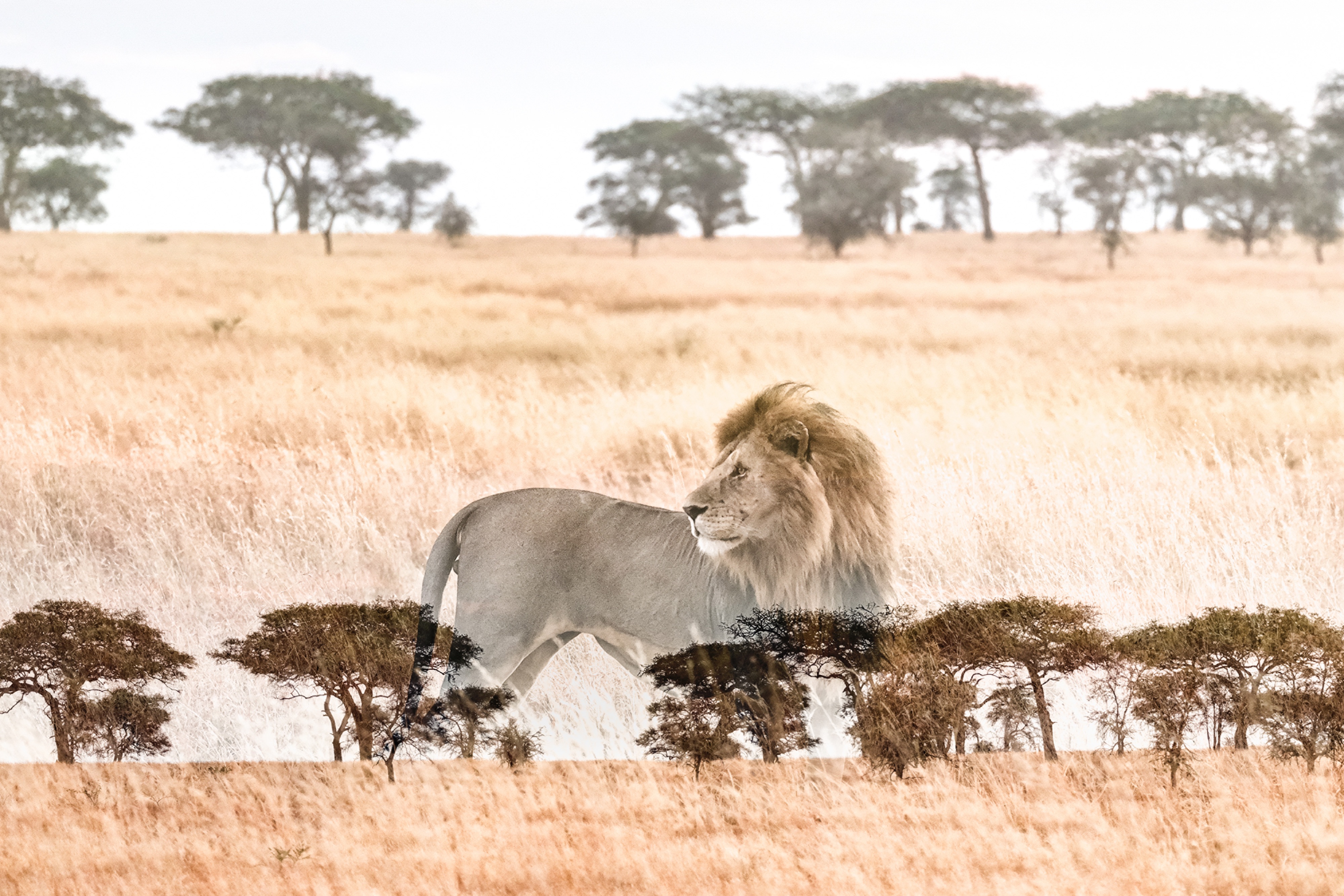
Which other photographers, past and present, do you admire?
I am actually more inspired by cinematography than photography. I studied film at university and so it has always been a passion. Directors such as David Lynch and Wong Kar-wai have inspired me most. One photographer I really admire is the incredibly talented Andreas Gursky. He creates subjects from his passions, it’s always very personal and “larger than life”. I believe that an artist must dig deep and get very personal in their work. The more I shoot the more I realise this. The more personal I get, the better my work, the better the creative translation.
Having shot the Serengeti, where are you hoping to go next?
I’m working on a new series on Versailles to be printed on a 24-karat gold plate for Dior. It’s very inspiring to work with different metals. I am also working on a Formula 1 project that focuses on the intricate choreography of the pit stop, and of course, the never-ending continuation of a cityscape, and creating new projects and collaborations with amazing teams like Four Seasons.
For more, visit fourseasons.com
-
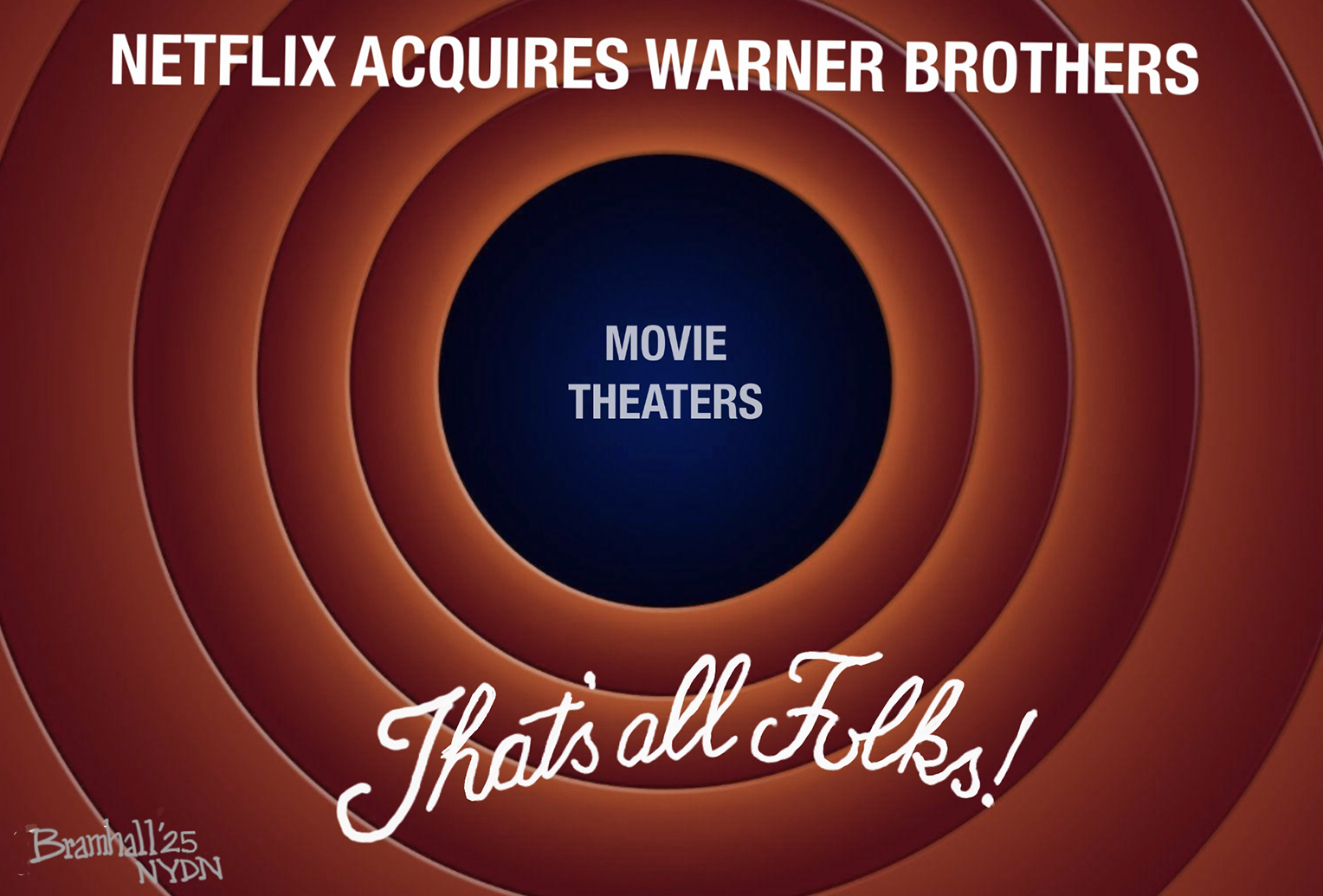 5 loony toons about the Warner Bros. buyout
5 loony toons about the Warner Bros. buyoutCartoons Artists take on movie theaters, high quality cinema, and more
-
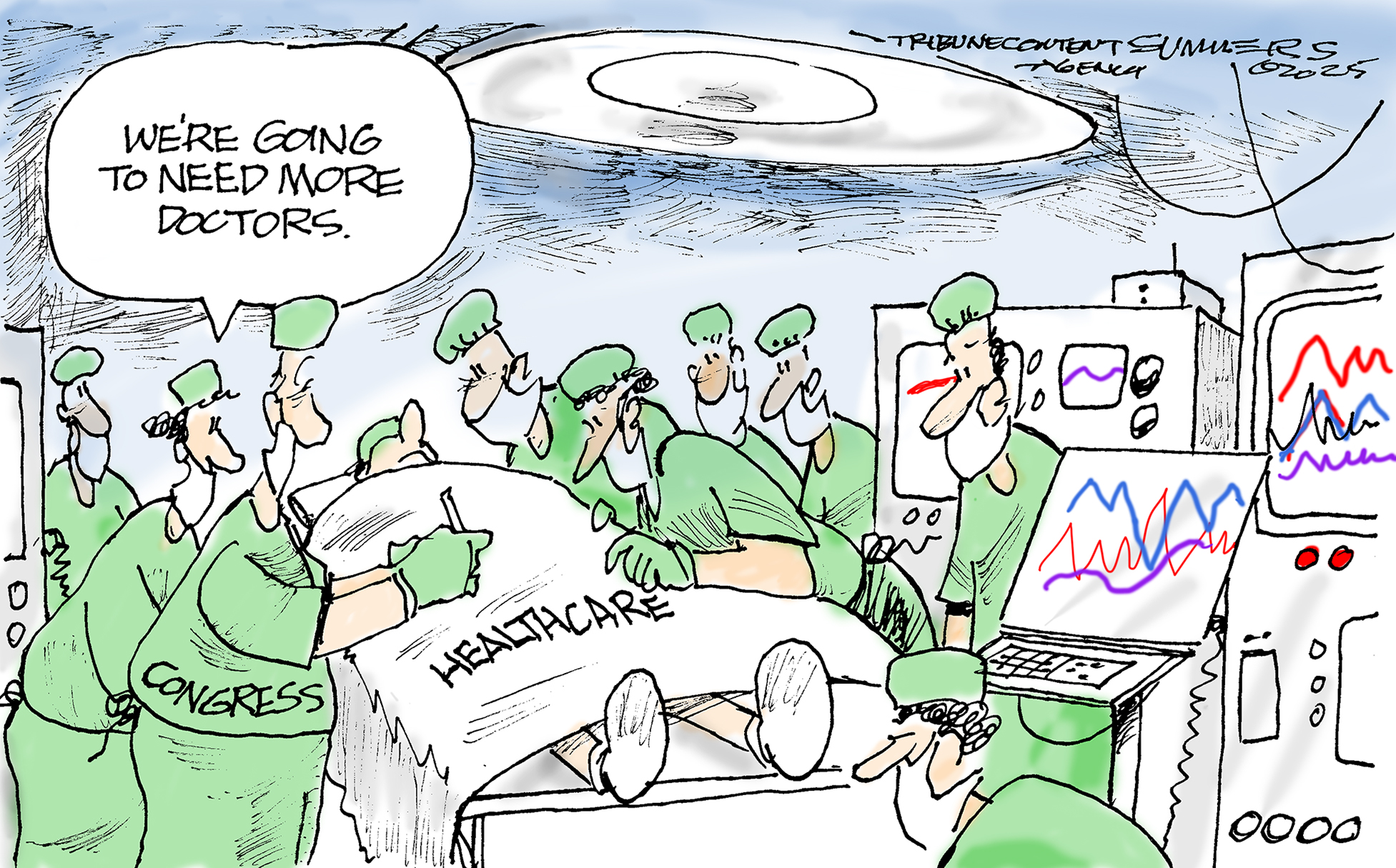 Political cartoons for December 13
Political cartoons for December 13Cartoons Saturday's political cartoons include saving healthcare, the affordability crisis, and more
-
 Farage’s £9m windfall: will it smooth his path to power?
Farage’s £9m windfall: will it smooth his path to power?In Depth The record donation has come amidst rumours of collaboration with the Conservatives and allegations of racism in Farage's school days
-
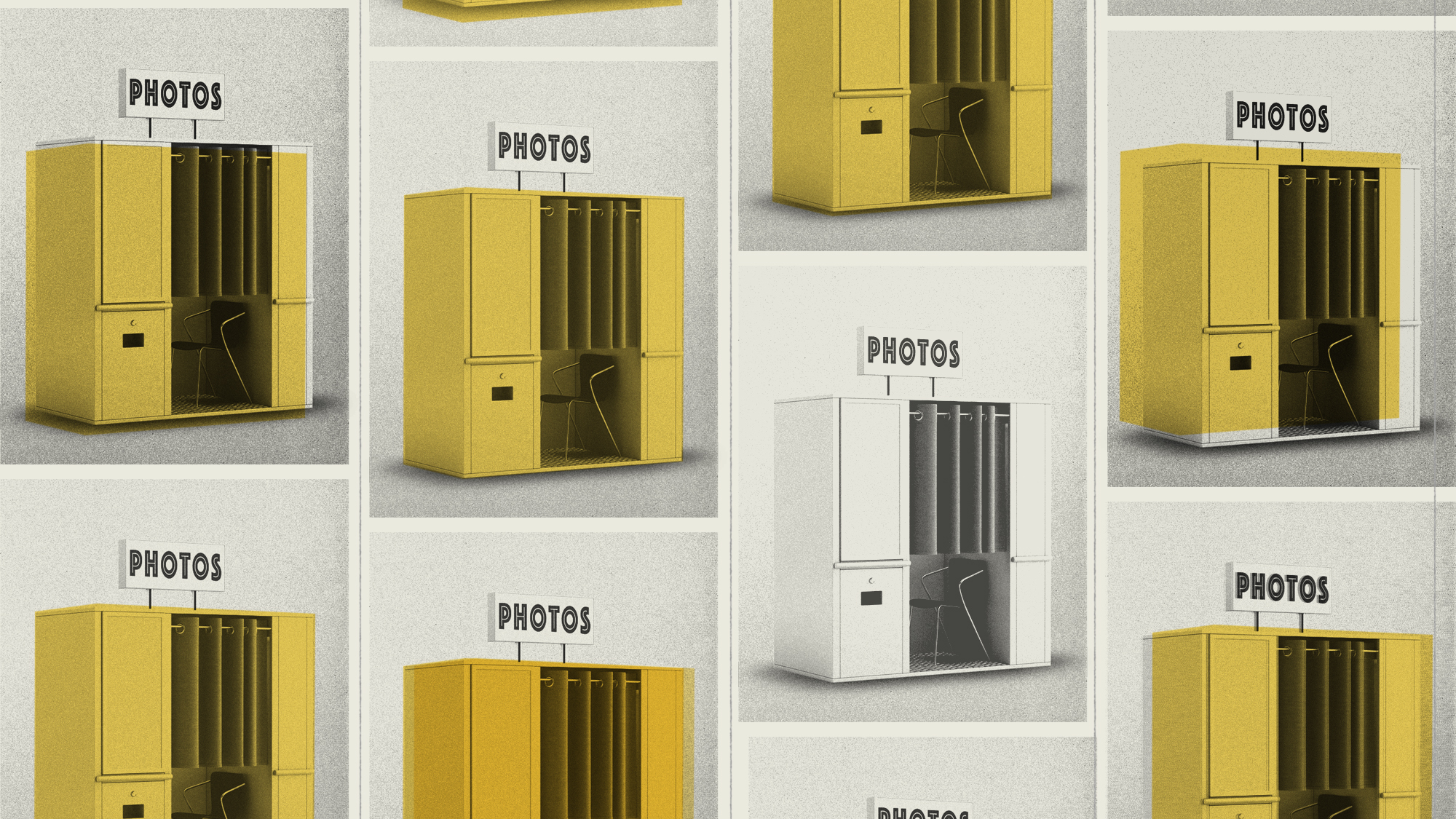 Why photo booths are enjoying a revival
Why photo booths are enjoying a revivalIn The Spotlight It’s 100 years since it first appeared, but the photo booth is far from an analogue relic
-
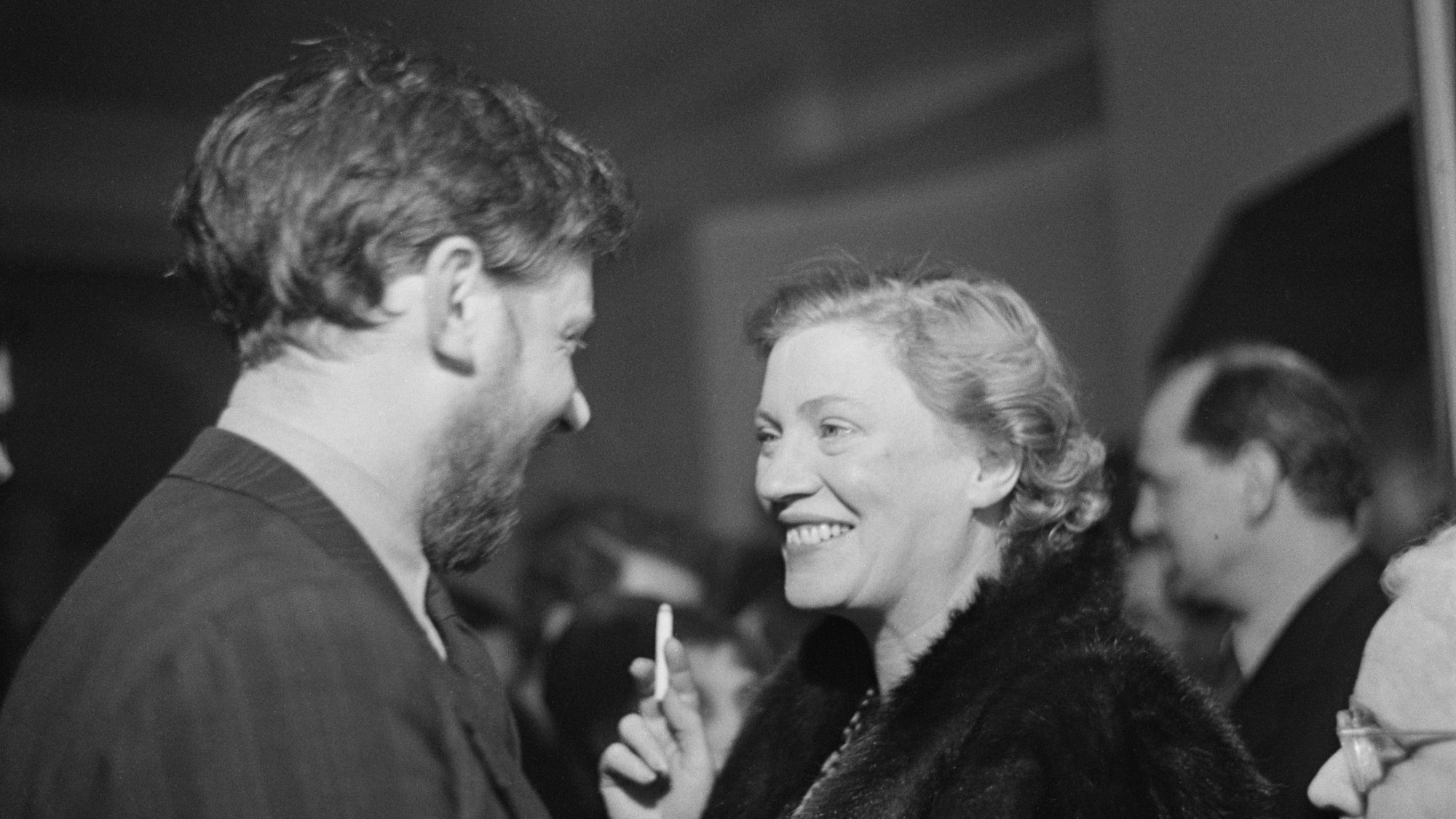 Lee Miller at the Tate: a ‘sexy yet devastating’ show
Lee Miller at the Tate: a ‘sexy yet devastating’ showThe Week Recommends The ‘revelatory’ exhibition tells the photographer’s story ‘through her own impeccable eye’
-
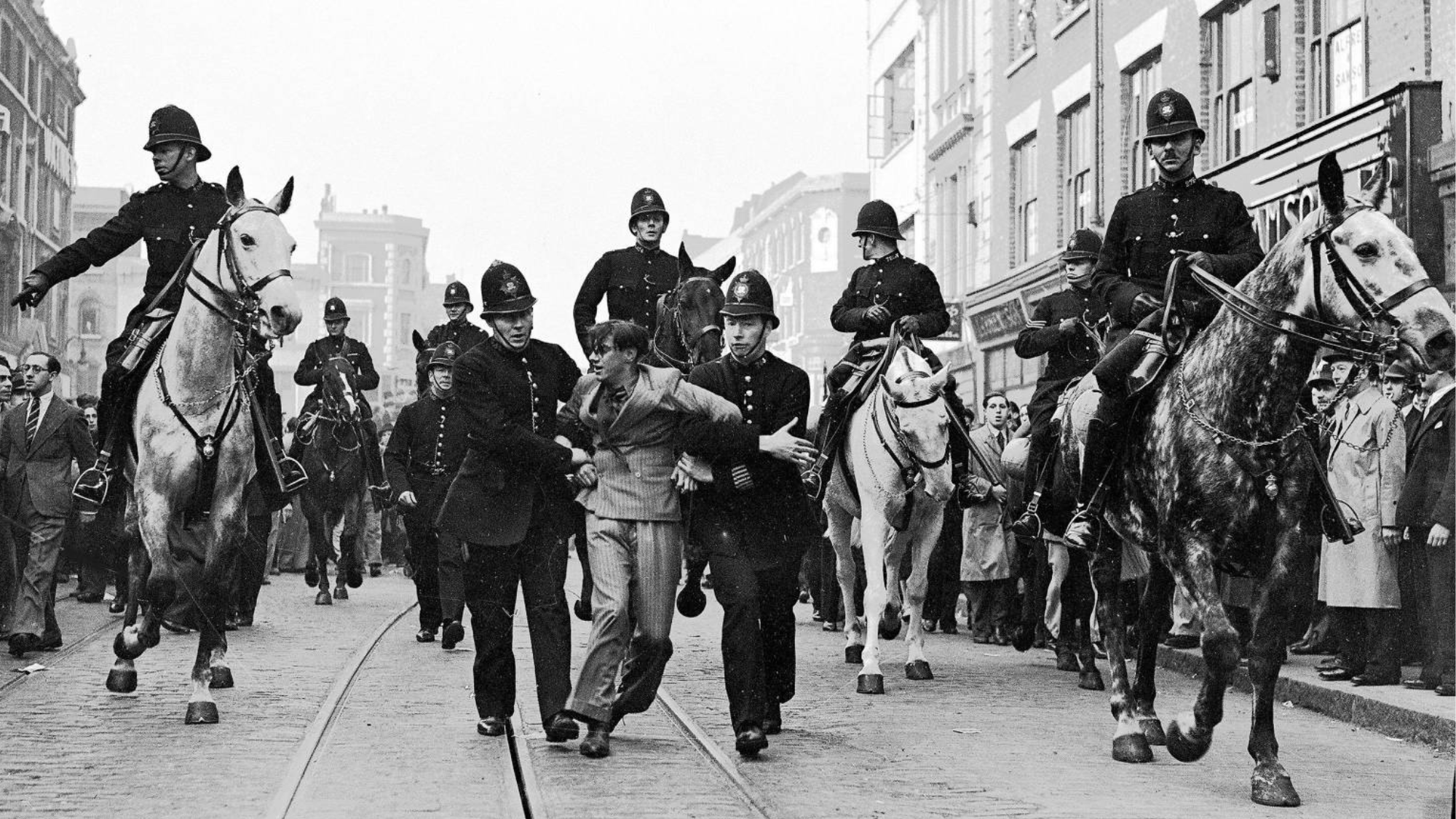 Resistance: 'compelling' show captures a century of protest
Resistance: 'compelling' show captures a century of protestThe Week Recommends Turner prizewinner Steve McQueen curates 'fascinating' photography exhibition in Margate
-
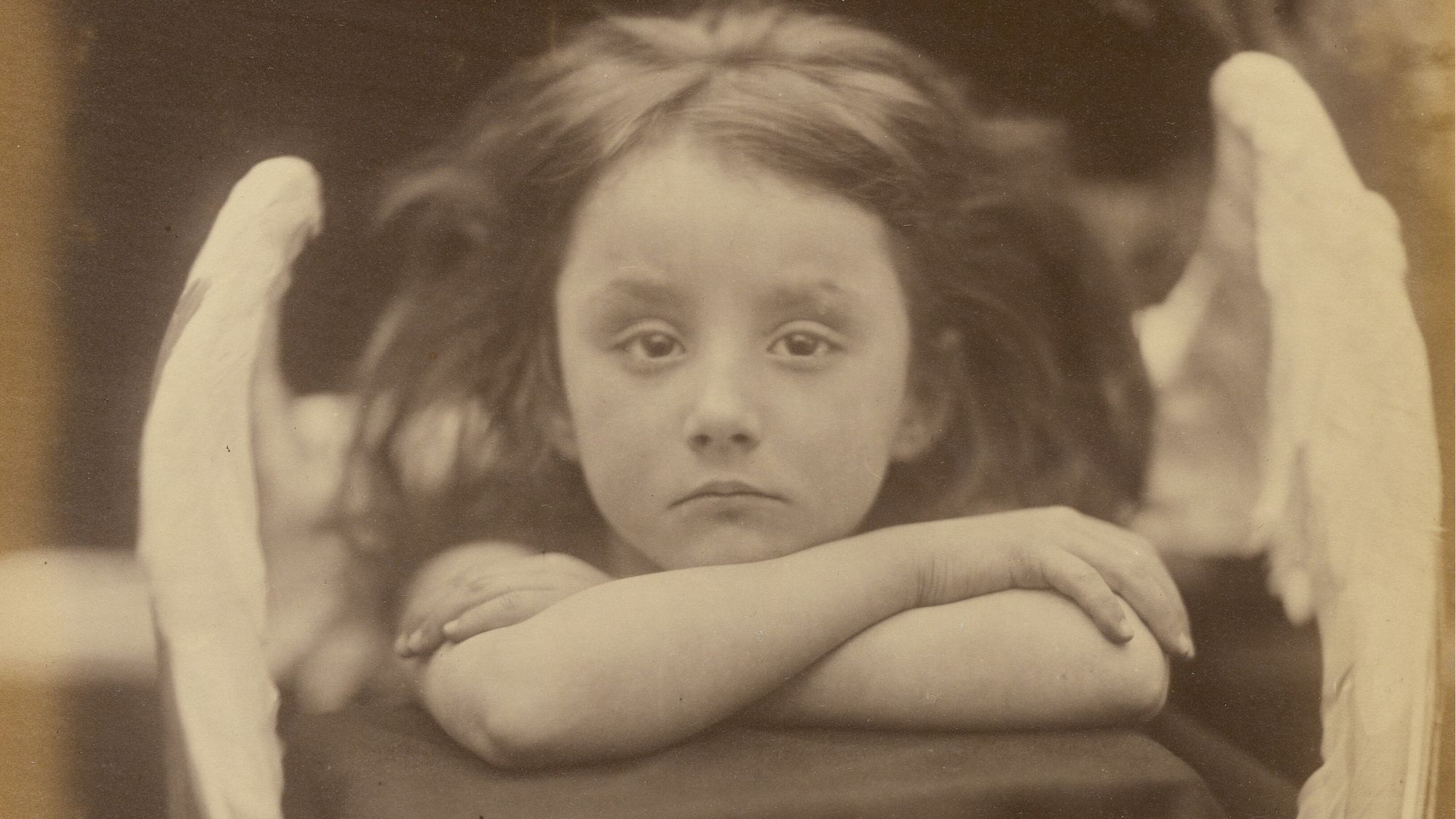 Francesca Woodman and Julia Margaret Cameron: experimental portrait photography
Francesca Woodman and Julia Margaret Cameron: experimental portrait photographythe week recommends Their careers are separated by time but joined by their shared interest in spectral, dream-like atmospheres
-
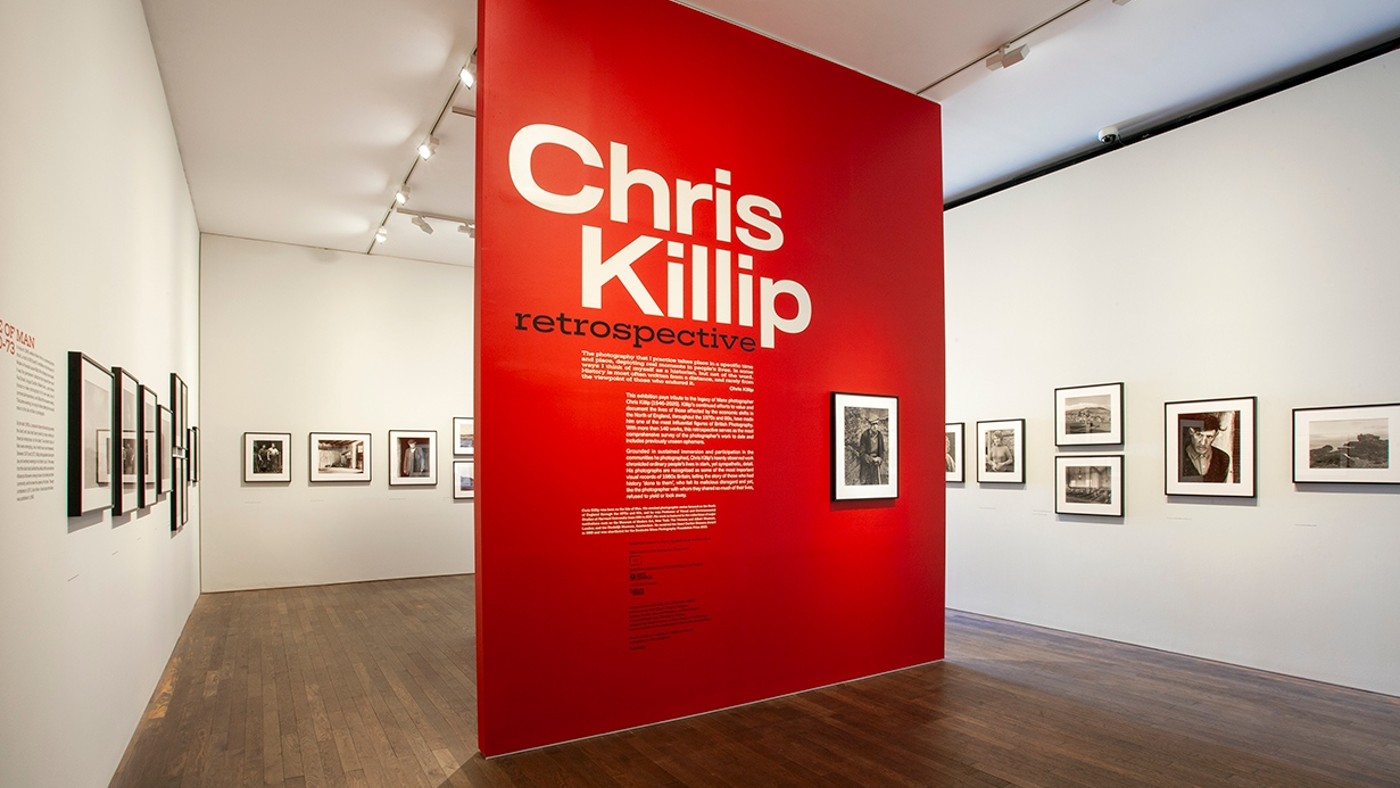 Chris Killip: Retrospective at The Photographers’ Gallery review
Chris Killip: Retrospective at The Photographers’ Gallery reviewThe Week Recommends Superb and timely exhibition features ‘beautiful and painfully moving’ images
-
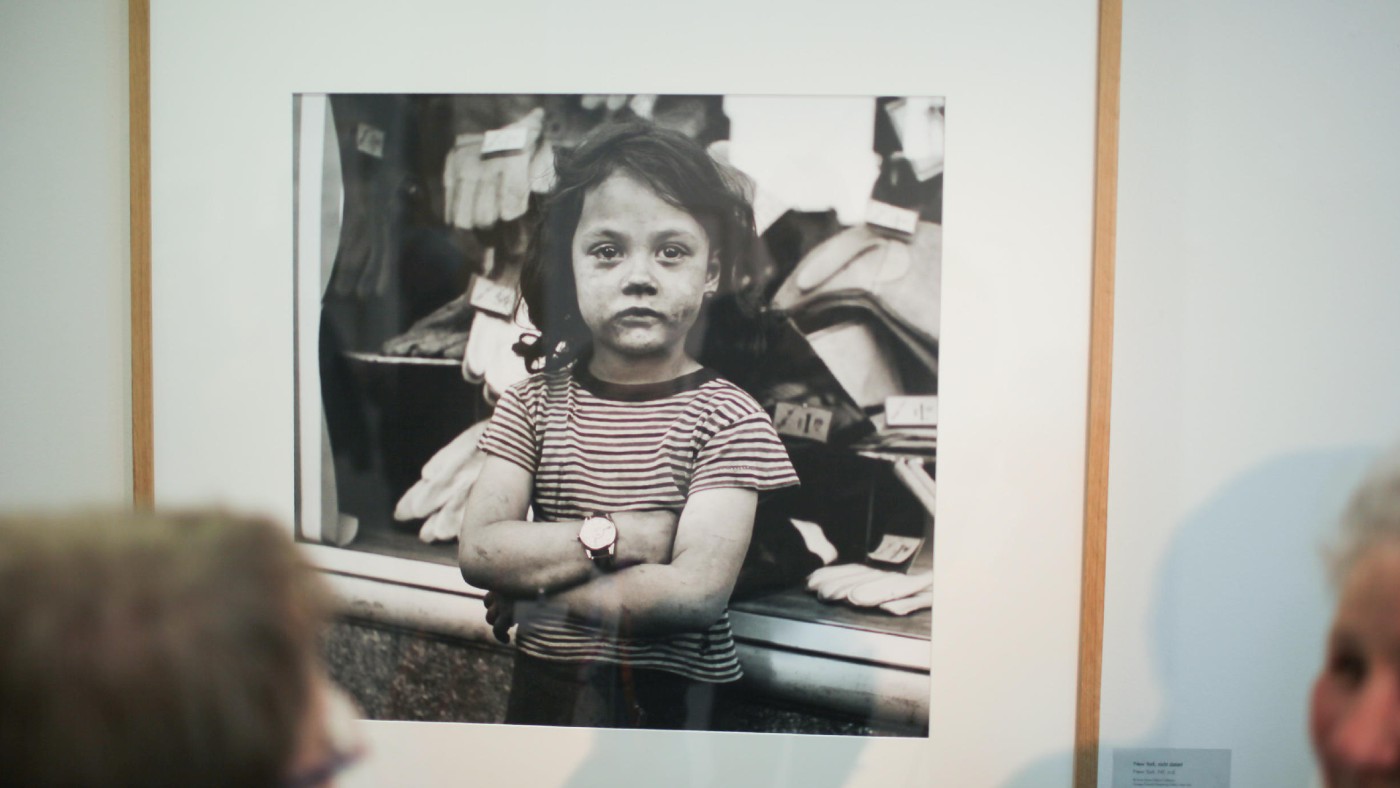 Vivian Maier: Anthology – this MK Gallery show is ‘pure pleasure’
Vivian Maier: Anthology – this MK Gallery show is ‘pure pleasure’The Week Recommends Exhibition marks first time that Maier’s photography has been shown in the UK
-
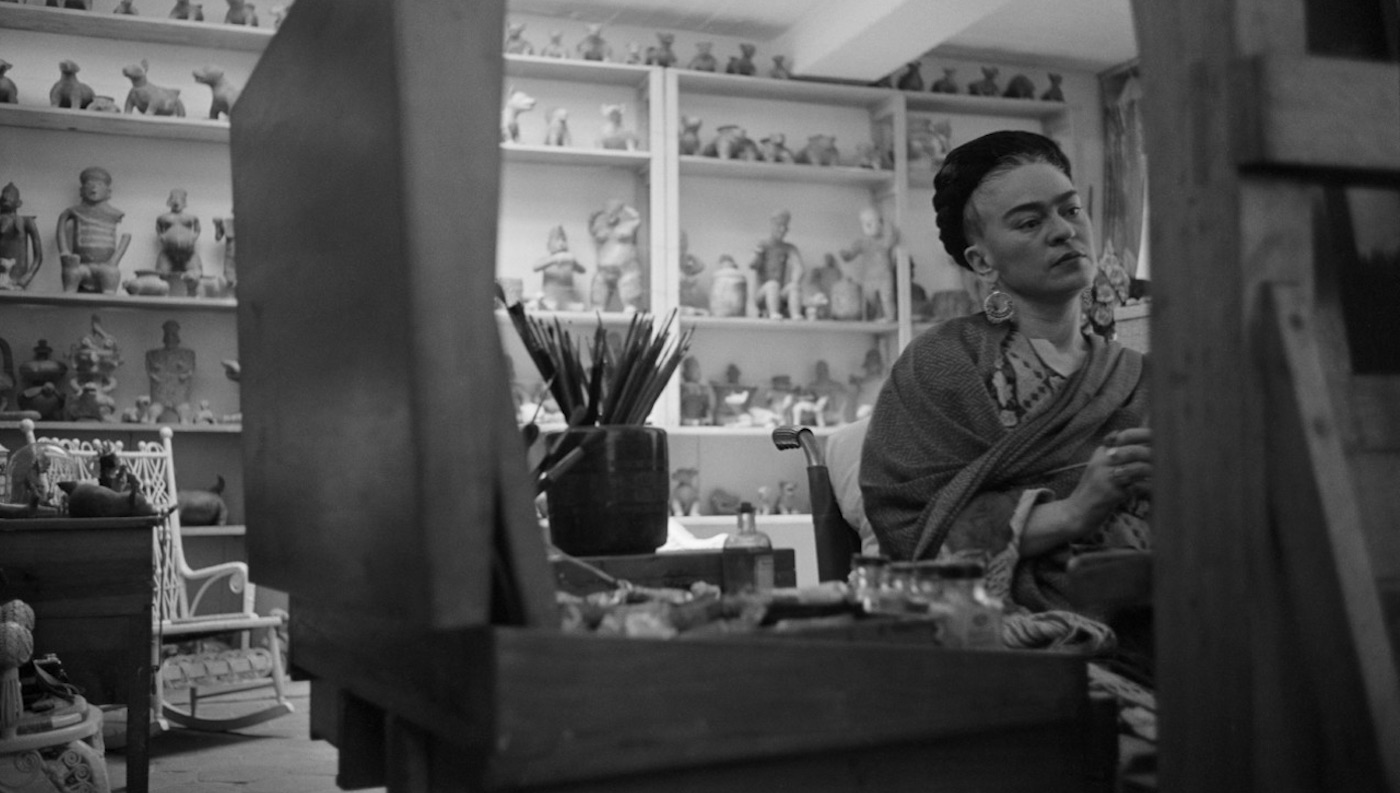 Magnum Photos: Where Ideas Are Born – 20th century art icons in their studios
Magnum Photos: Where Ideas Are Born – 20th century art icons in their studiosUnder the Radar An intimate look at modern and contemporary masters shot by legendary Magnum photographers
-
 World Press Photo 2020: the most striking images
World Press Photo 2020: the most striking imagesThe Week Recommends Foundation releases array of moving international pictures from last year